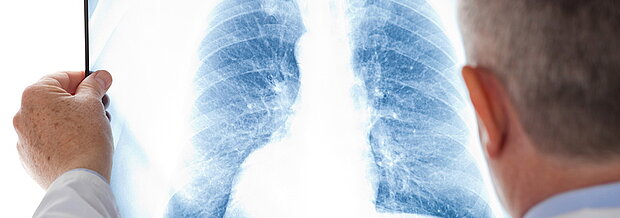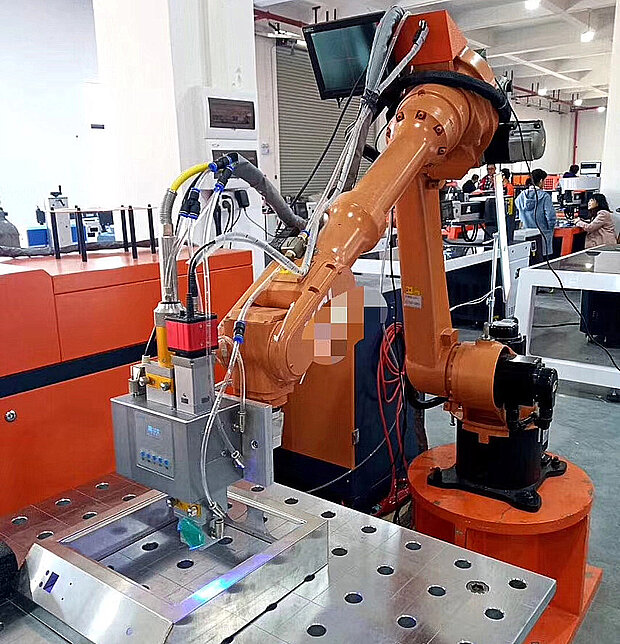A laser is a device which produces an intense, coherent, directional beam of light. The term LASER is an acronym for Light Amplification by Stimulated Emission of Radiation. Lasers can be designed to deliver a large amount of energy to a very small area. In laser welding and laser cutting operations, this energy can heat metals quickly to very high temperatures. Much of the radiation that strikes the workpiece can be reflected into the environment, creating hazards. Mostly laser light used in laser welding equipment is invisible for the human eye (INFRARED-A), so the hazard may not be readily apparent.

FIRE
Since the laser system produces a very small spot size with high energy, the hazard of fire is present if the beam hits flammable material. Keep flammables away from the welding or cutting area. Be sure to cover and protect anything flammable in the area, since reflected radiation could start fires in unexpected places. Protect the work area.

RADIATION
Both visible and invisible light radiation are produced when welding or cutting. Due to the interaction with the workpiece, high levels of hazardous infrared-A and secondary radiation are produced. This light radiation is often reflected from the workpiece into the work area. Radiation from these processes can seriously burn eyes an skin quickly and permanently.

FUMES AND MISTS
Lasers easily melts, boils and vaporize metals. In doing so, fumes and mists are created which can present a respiratory hazard. Often the fumes and mists cannot be seen, yet they can pose a serious health hazard. Always use adequate ventilation.

MECHANICAL
If the the optical laser device is mounted on an robotic arm or other beam manipulator, these can malfunction and send the laser beam in unintended directions. Therefore, it is essential that the work cell be shielded in conformance with standards for the laser type and class.

ELECTRIC SHOCK
Since lasers require a large amount of electrical power to accomplish specific tasks, electrical hazards are present. Conventional hazards associated with any electrical industrial power source are present. These require standards and common electrical safe practices as found in Safety and Health Fact Sheet . There are the unique electrical hazards common to lasers in general and the hazard of the individual application. Usually, the best source of safety information is provided in the instruction manual from the manufacturer of the laser system. Always read, understand, and follow the manufacturer’s recommended safety procedures.

EYE AND SKIN DAMAGE
Laser system eye and skin hazards are addressed in the laser safety standards. In many use situations, special laser eye protective devices are required. According to the safety standard, this eyewear must be labeled with both the optical density (protective factor) and wavelength(s) for which the protection is afforded. The protective eyewear must be compatible with the manufacturer’s specifications for the laser system in use, to ensure that the eyewear is suitable. In addition to the primary hazard of the laser beam, there may be a considerable eye hazard from high levels of secondary radiation. The safety standard requires that the eyes be protected from this secondary radiation in addition to the primary laser beam. A precaution must be added here—standard safety glasses alone do not provide protection. Any laser eyewear, plain or prescription, must be labeled with the wavelength(s) of protection and the optical density at that wavelength(s). In some laser systems, infrared light may be leaked into the workplace. Thus the eyewear should provide primary beam protection, secondary radiation protection, and also infrared protection.
